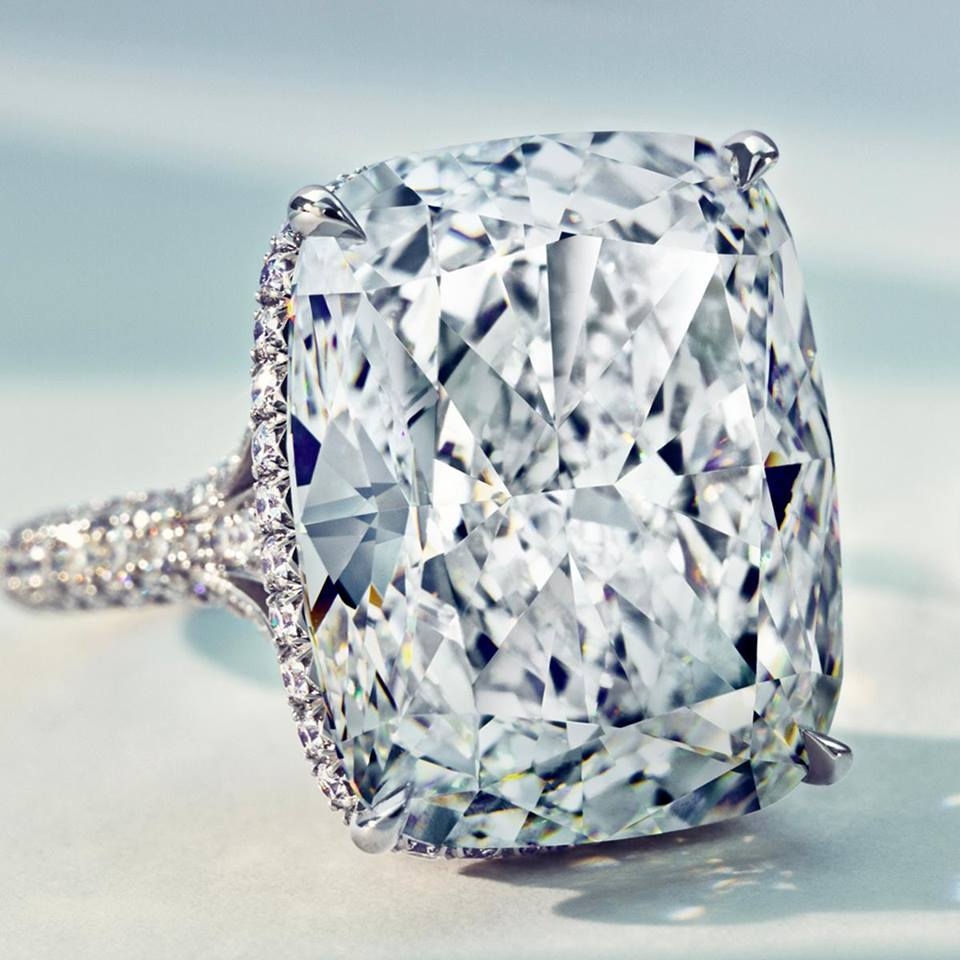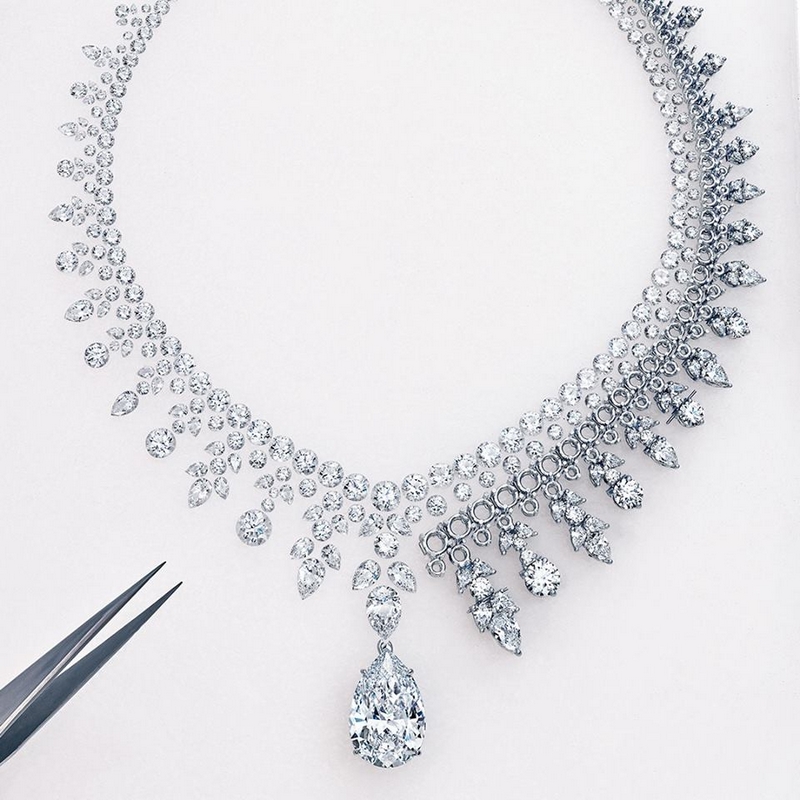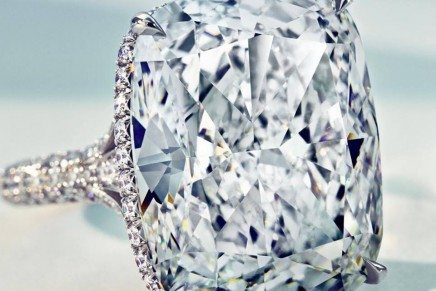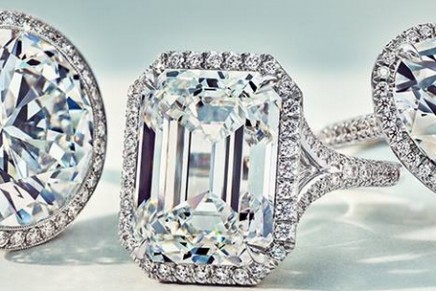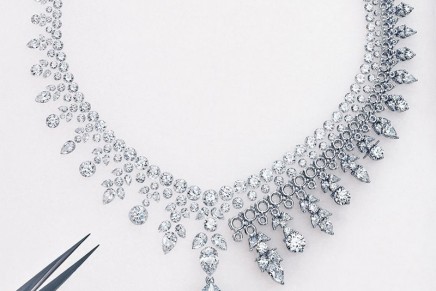We all want and deserve to know where their most valuable, most cherished diamond jewelry is from, and how it came to be.
Beyond general assurances of “conflict free,” Tiffany believes that knowing provenance is critical to ensuring its diamonds are among the most responsibly sourced in the world.
Tiffany & Co. announced that it will begin sharing with consumers the provenance (region or countries of origin) of its newly sourced, individually registered diamonds – a significant step for diamond transparency – and by 2020, their craftsmanship journey – an industry first.
“Diamonds, formed up to 3 billion years ago and brought to the earth’s surface by a miracle of nature, are symbols of the most important moments in our lives. There should be nothing opaque about Tiffany diamonds,” said Alessandro Bogliolo, chief executive officer, Tiffany & Co.
With its Diamond Source Initiative, Tiffany is tracing each of its individually registered diamonds (0.18 carats and larger) by a unique “T&Co” serial number etched by laser and invisible to the naked eye, and providing consumers geographic sourcing information specific to their diamond.
Provenance information will be merchandised in Love & Engagement caselines in Tiffany stores around the world, alongside a selection of diamond rings with their individual provenance clearly displayed. In addition, geographic sourcing information for all individually registered diamonds will be made available to consumers via Tiffany & Co. sales professionals and customer service.
Tiffany & Co. is committing to 100% geographic transparency for every newly sourced, individually registered diamond, and will not source any diamonds with unknown provenance (even if responsible sourcing is assured) moving forward.
Although current diamond industry practices preclude the identification of provenance for many of the world’s diamonds, Tiffany continues to lead the industry by bringing a new level of transparency to its diamond supply chain. In cases where provenance is unknown – such as heritage stones that predate this policy – Tiffany will provide confirmation that the diamond was sourced with industry leading practices. Tiffany’s superlative standards exceed the Kimberley Process Certification requirements for
rough diamonds and, for polished stones, mandate compliance with Tiffany’s Diamond Source Warranty Protocol. In the case of one trusted supplier with several responsibly managed operations, diamonds may be designated ‘Botswana sort.’ The majority of these diamonds were mined in Botswana, as well as in select mines in Namibia, South Africa, or Canada. For ‘Botswana sort” stones, provenance is the above grouping of countries, procured as an aggregated parcel of rough diamonds from a specific, limited group of mines in Southern Africa and Canada.
Approximately 80-90% of Tiffany’s individually registered diamonds (by volume) have been supplied through Tiffany operations in Belgium, Botswana, Mauritius, Vietnam and Cambodia, where craftspeople plan, saw and/or cut and polish rough diamonds from known, responsibly managed mines, most of which are in Botswana, Canada, Namibia, Russia and South Africa. For the remaining 10-20%, Tiffany’s trusted suppliers of polished diamonds have complied with Tiffany’s Diamond Source Warranty Protocol, which warrants the diamonds did not originate in countries with diamond-related human rights concerns, such as Zimbabwe and Angola (even though these diamonds are accepted under the Kimberley Process).
From today, those suppliers will be required to go beyond a warranty of “conflict-free” to affirmatively state the geographic sourcpolished diamondse of any polished diamonds sold to Tiffany including region or countries of origin.
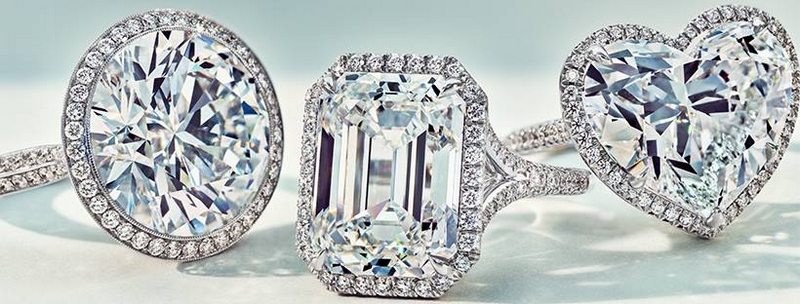
photo: facebook.com/tiffany

